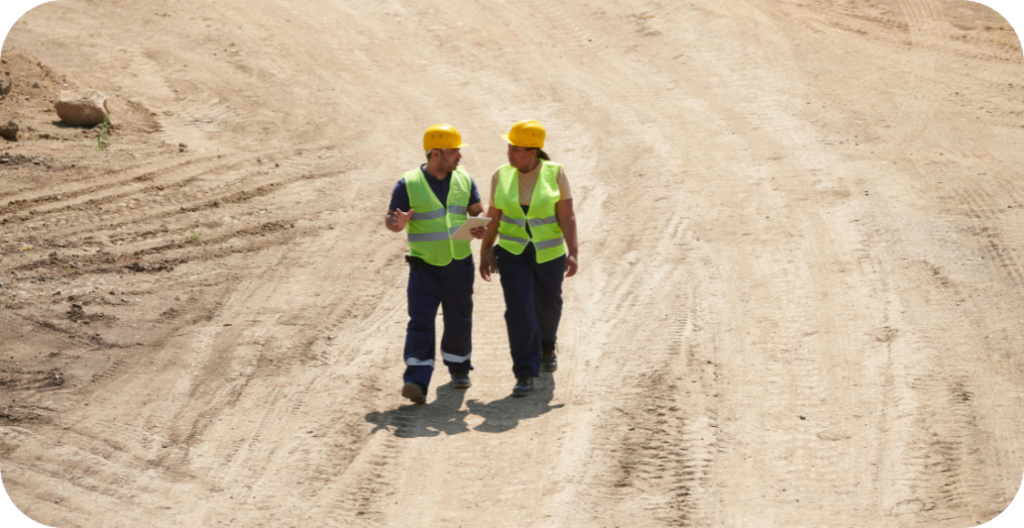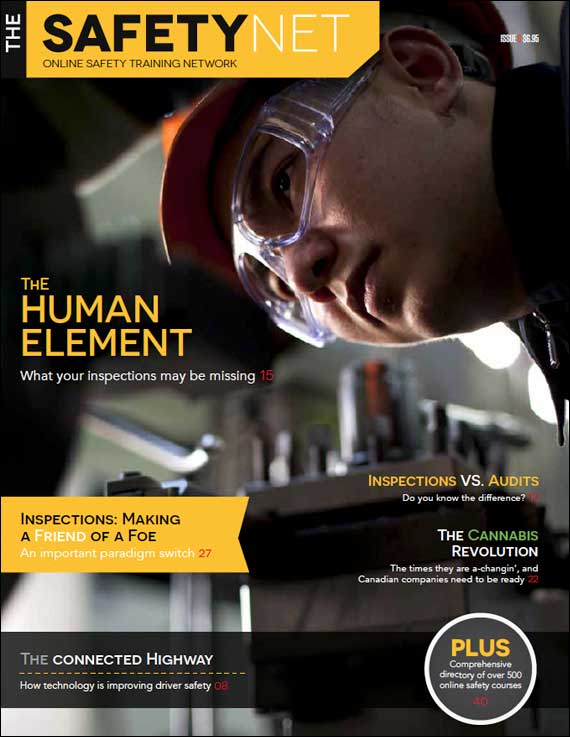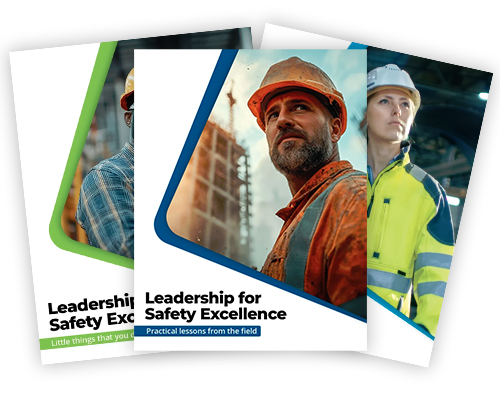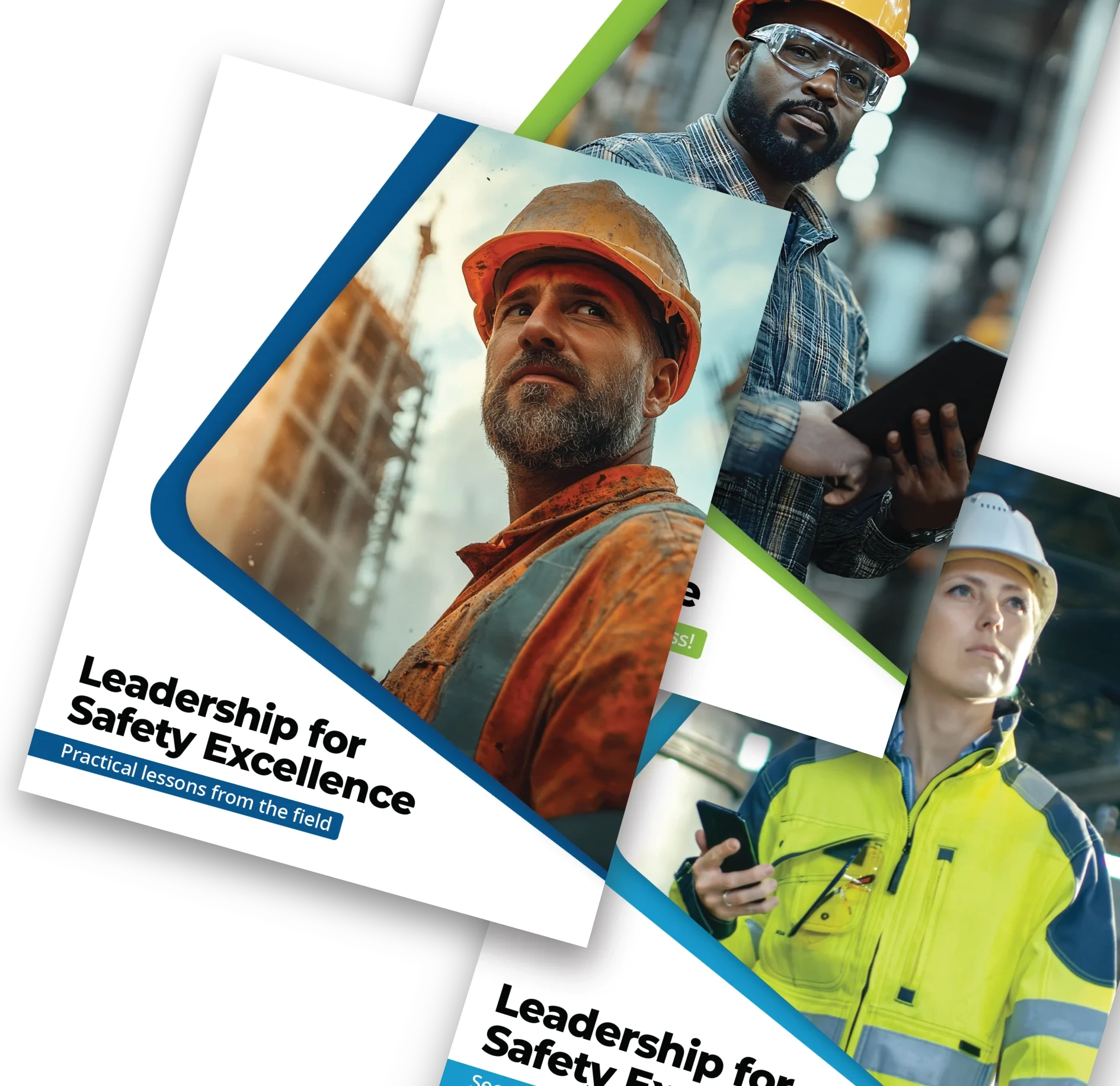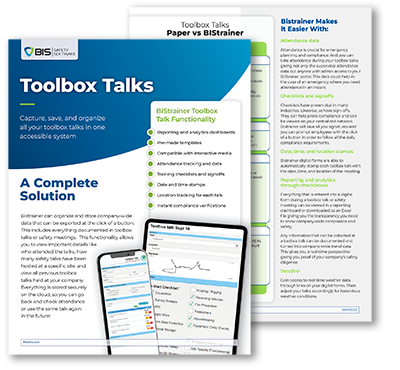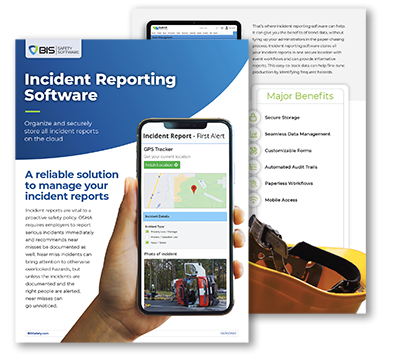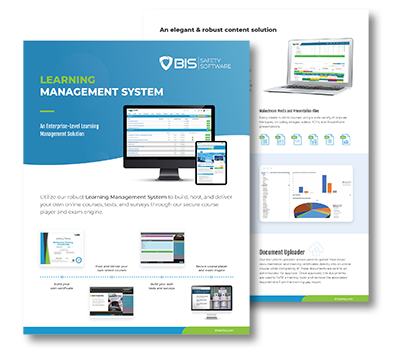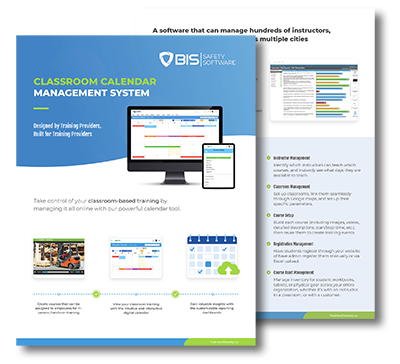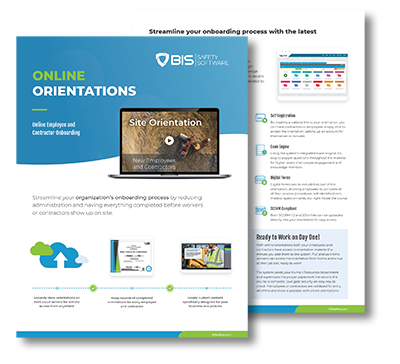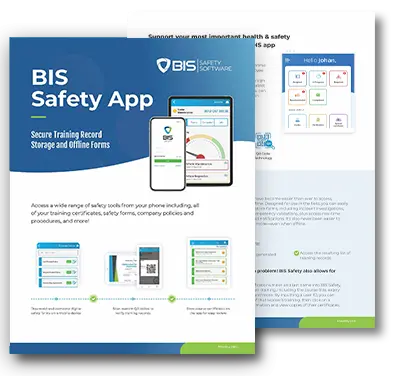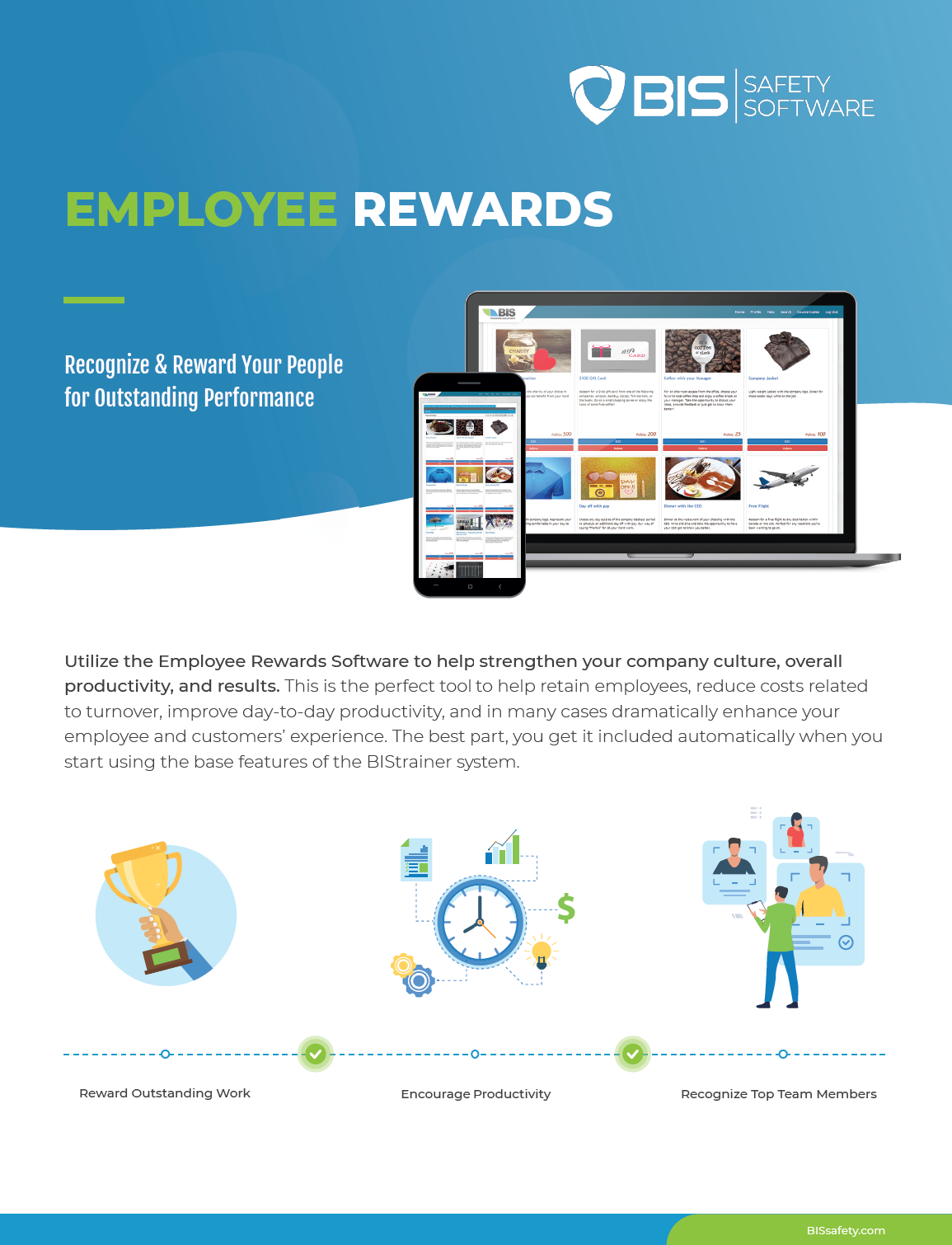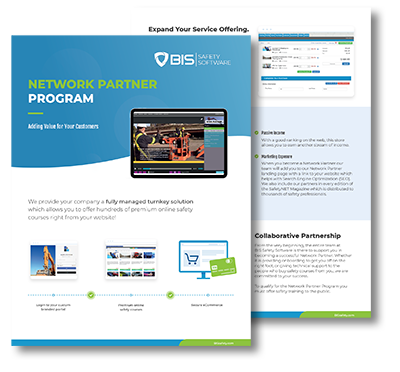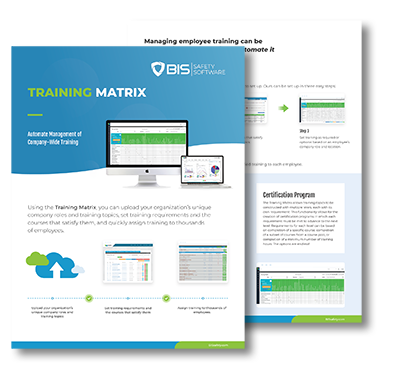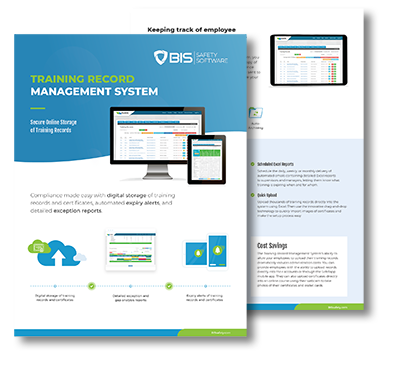
What Your “Perfect” Safety Record Isn’t Telling You
Zero injuries this year? Might want to hold the applause.
Because when no one’s reporting problems, the danger isn’t gone—it’s just hidden.
It’s the number every safety team loves to chase. Zero incidents. Zero injuries. Zero headaches. But here’s the problem: too often, zero just means no one spoke up. Not that everything’s fine—just that everyone stayed quiet.
We slap “days without incident” signs on the wall like trophies, but those signs don’t tell you who nearly slipped, who saw something unsafe, or who stayed silent because they didn’t want to rock the boat. As Dr. Johanna Pagonis put it, you can have top-tier policies and gold-standard equipment—but if your people don’t feel safe to raise concerns, your whole system is running on borrowed time. 
Why Workers Keep Their Mouths Shut
Let’s get real. People don’t report every hazard they see—and it’s not because they’re lazy. It’s because they’ve been trained by experience to keep quiet. Maybe they’ve seen coworkers punished for speaking up. Maybe they’ve tried reporting before and nothing changed. Maybe they’re just tired, overworked, and under pressure to meet a deadline.
And if they’re afraid of backlash—or convinced it won’t make a difference—then no incentive program or feedback form is going to fix that. Silence isn’t safety. It’s survival.
It Takes More Than Swag and Slogans
You want more reports? Stop offering donut breakfasts and branded hoodies for “safety excellence.” That’s not how you build trust. That’s how you build apathy.
A safety-positive culture can’t be bought—it has to be earned. It shows up when leaders invite hard conversations. When concerns are met with solutions, not sarcasm. When the people closest to the hazard actually believe leadership will back them up.
As Carolynne Heron noted, real change comes from leadership that values the human element—not just the paperwork.
You’re Measuring the Wrong Metrics
Here’s the kicker: lagging indicators like injury counts and lost-time stats only show you what’s already gone wrong. If you’re serious about staying ahead of incidents, you need to look upstream.
Track how often workers submit near-misses or raise concerns in safety meetings. Keep tabs on how engaged your crews are in hazard identification and toolbox talks. If you want to measure safety maturity, don’t just count injuries—count conversations.
Wes Rundle nailed it: real safety culture means people don’t need a clipboard or a deadline to do the right thing. They do it because it’s part of who they are.
Change the Conversation
If your safety program is built on silence and spotless records, it’s time to rethink your approach. Build a culture that rewards truth over appearances. Empower your people to speak up without fear. And for the love of all that’s hazard-free, follow through when they do.
Want to know if your team trusts the system? Don’t look at your injury report. Look at how often they bring you bad news.
Here’s the Gut Check
You’ve got a zero-incident record. But what does it actually mean? Are people truly working safer—or have they just stopped talking? If you’re not getting reports, that doesn’t mean there’s nothing to fix. It might just mean no one believes it’s worth the trouble. Safety isn’t silence. Safety is speaking up—and getting heard. Time to ask the question: Are we winning… or just pretending?


